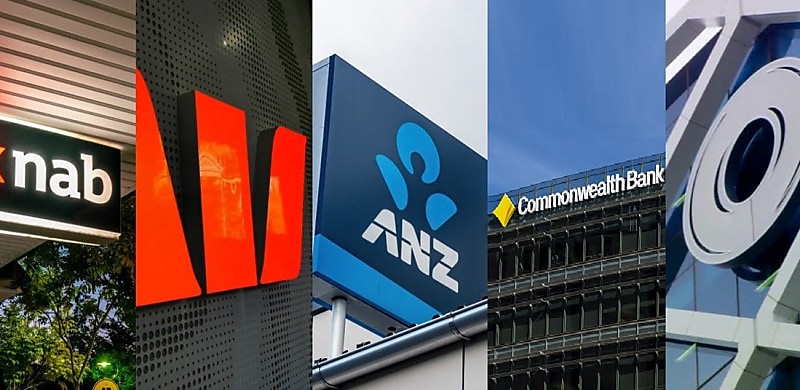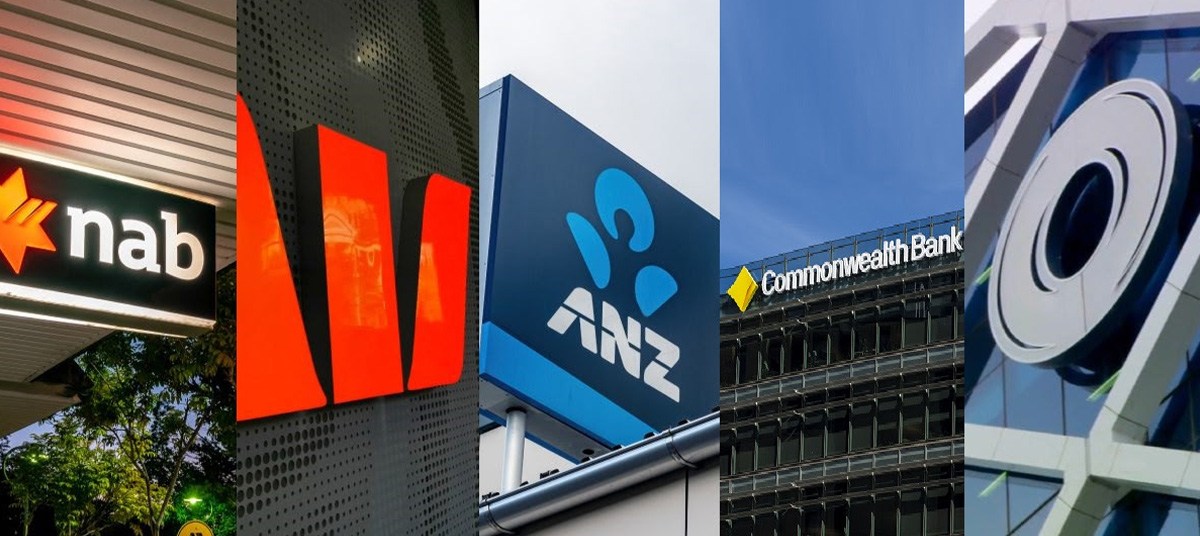
ANALYSIS As the big four banks compete for market share, they are adopting varied approaches to meet the changing expectations of brokers. But how do brokers rate the major banks? Here, we explore more.
Australia’s major banks are recalibrating their strategies to keep pace with the demands of brokers who now originate a record 76.8 per cent of the market.
As the big four banks – Commonwealth Bank of Australia (CBA), Westpac, National Australia Bank (NAB), and ANZ – compete for market share, they are adopting varied approaches to meet the changing expectations of brokers.
But what do brokers think of what they’re offering? To find out, Broker Pulse, a division of Agile Market Intelligence, undertook its annual Third-Party Lending survey of brokers.
Now in its 16th year, the annual survey (which was conducted online between 17 February and 30 April 2025) asked mortgage and finance brokers to rate the performance of the lenders they have worked with over the last 12 months.
The survey received a total of 1,024 usable responses.
The resulting annual report reveals significant changes in what brokers value when recommending lenders.
According to the 2025 report, product pricing has become the most critical factor, with 96 per cent of brokers rating it as “extremely important” or “very important”. This marks a departure from last year, when credit assessment staff topped the list.
Following pricing are product policy (95 per cent), credit assessment staff (94 per cent), and turnaround times (93 per cent).
Ranking the majors
Despite improvements in broker satisfaction since 2021, the major banks still have room for growth.
In fact, Macquarie Bank has now surpassed the major banks to become the most commonly used lender in the third-party channel.
Two-thirds (66 per cent) of brokers used Macquarie Bank in the 12 months leading up to April, outpacing ANZ (64 per cent), CBA and Westpac (both 58 per cent), and NAB (56 per cent).
Macquarie’s rise is attributed to its superior service quality, turnaround performance, and overall broker satisfaction, demonstrating that non-major lenders can capture significant market share by excelling in service delivery.
Westpac emerged as the highest-ranked major bank, securing ninth place out of 38 lenders.
Westpac’s ascent is notable, as it improved its score in nearly every attribute this year. The bank’s focus on speed, products, and technology has paid off, with significant improvements in broker flows, rising to 67.5 per cent in the six months ending March 2025.
Westpac CEO Anthony Miller has acknowledged brokers as “important partners” and highlighted efforts to halve decision times and embrace AI to enhance processes.
Following Westpac were NAB and CBA, in 10th and 11th places, respectively.
NAB improved its overall score by 2 percentage points this year, taking it to 78 per cent performance score.
It was below industry average for personnel, products, and support, but it was rated higher than average for speed and technology.
Looking at its overall scores, NAB was most highly rated for its turnaround times and upfront valuations (both 84 per cent) and was lowest scored for its call centre support and product pricing (both 70 per cent).
But the major banks are adopting different strategies to address the changing landscape. NAB’s broker flows dropped to 59.6 per cent in its first half, down from 64.6 per cent a year prior. NAB CEO Andrew Irvine’s focus on proprietary lending to boost shareholder returns has drawn criticism from some brokers, despite the bank’s efforts to invest in both channels.
CBA saw its overall score fall by 1 percentage point this year, taking it to a 78 per cent performance score.
It was below industry average for personnel, products, and support, but it was rated higher than average for speed and technology.
Looking at its overall scores, CBA was most highly rated for its upfront valuations (87 per cent) and was lowest scored for its commitment to the broker channel (falling to 57 per cent).
However, CBA’s broker originations have decreased, accounting for just 32 per cent of new CBA-branded home loan flows. This contrasts with its proprietary channels, which made up a significant 68 per cent of new business.
CBA’s new general manager of third-party banking, Baber Zaka, has expressed a strategy to grow the bank’s market share in the broker space by reducing channel conflict and increasing volumes.
ANZ, however, lagged behind its lender counterparts, ranking 26th with a score of 73 per cent.
According to the 2025 report, ANZ improved its score by 1 percentage point this year, increasing to 73 per cent.
However, it was below the industry average for all five areas of lending (personnel, products, speed, support, and technology).
Looking at its overall scores, ANZ was most highly rated for its products and technology, with a score of 75 per cent for these categories. Of all attributes, it was “upfront valuations” that brokers rated the best of the bank’s offerings.
As brokers account for a record three-quarters of Australia’s home loan market share, their collective sentiment and referral patterns could significantly impact the major banks’ mortgage flows.
The coming year will likely see further shifts in broker flows, with broker preferences playing a pivotal role in shaping the strategic approaches of the majors.
For the big four banks, balancing technology and the promise of AI with channel conflict presents both challenges and opportunities. As the mortgage market continues to evolve, the road ahead for the majors appears anything but straight, with each bank navigating its path to maintain and grow its share in a competitive landscape.
For more insights and a detailed analysis, the full feature can be found in the July edition of The Adviser magazine, which is out now.
[Related: Majors ramping up self-employed lending]

